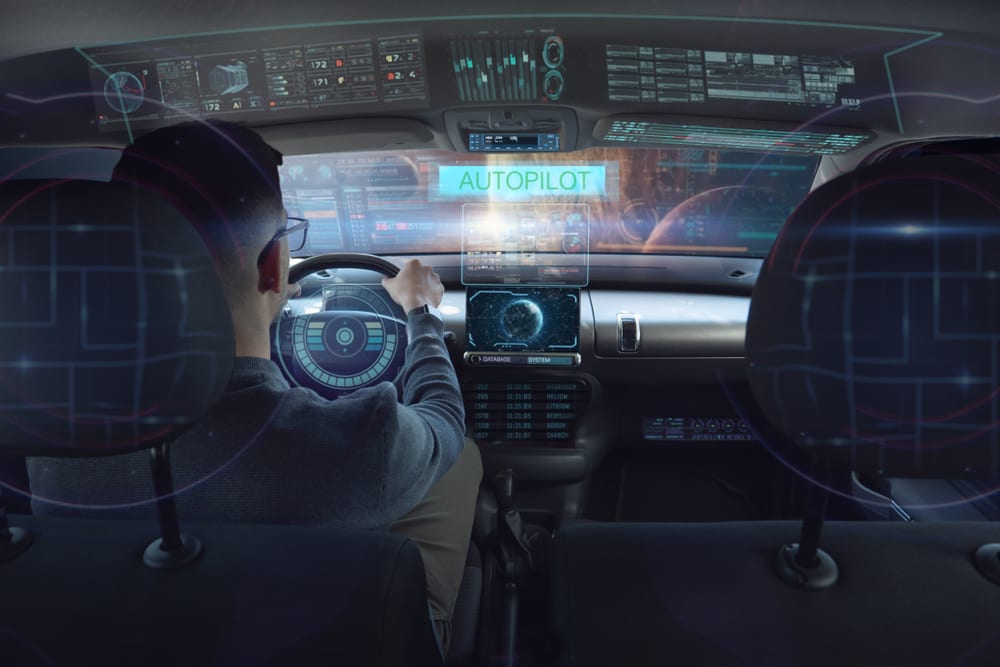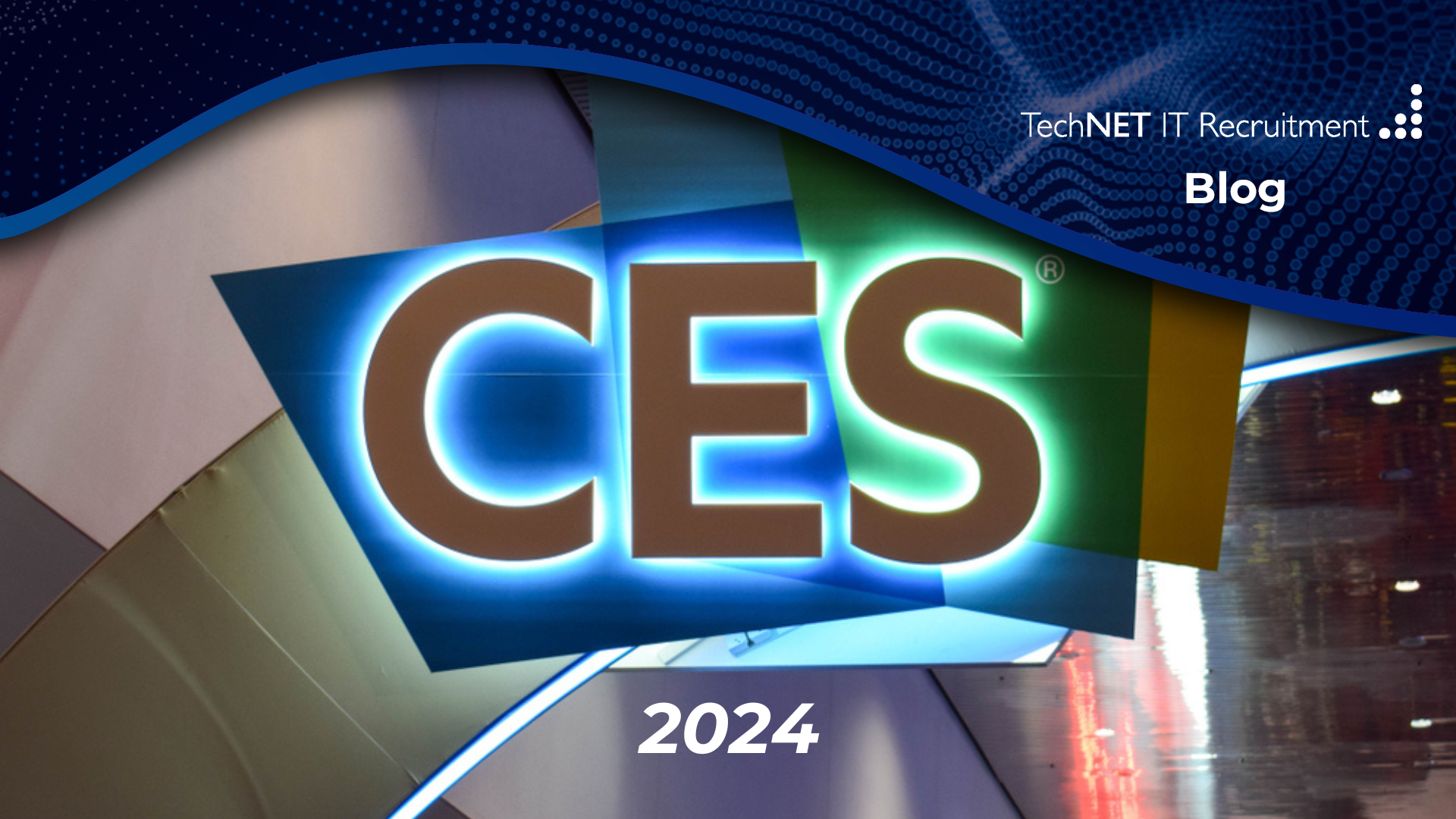

Augmented Reality is Making Its Way to Your Car
Technology has changed so much of how we go about our daily lives, and it’s only set to disrupt it even more. This is especially true for Augmented Reality (AR), a type of innovation that enriches one’s view of the real world with superimposed images. And while this technology is best known for games like Pokémon Go and has exciting implications for the fields of medicine and education, its applications in transforming everyday life also hold a lot of promise.
For instance, companies such as NexTech have begun integrating AR technology to the online shopping experience — allowing customers to “try on” clothing online before deciding on a particular item. Meanwhile, ‘How Augmented Reality is Changing Our World’ points out how Ikea have utilised AR to enhance the buying experience for big home purchases, and even Gatwick Airport has launched its own award-winning AR initiative to help people navigate around the terminals. All this just goes to show that AR is more than just a quirky gimmick.
One exciting development in the field is AR’s steady innovations in the automotive industry. Read on to see how AR is making its way from phones and homes, and into your next car.
Showroom


Despite the production outputs being at an all-time low due to the threat of a no-deal Brexit, there were still 2.4 million new cars registered in 2018. These numbers are set to improve as carmakers and brands are starting to embrace AR as a way to let customers engage with their cars before even seeing them in real life.
Another example of AR in automotive retail is Hyundai‘s recently launched iPad app, which helps sales staff demonstrate the performance of the new i30 hatchback. This gives dealers the ability to demonstrate key features that otherwise would be impossible to showcase within the premises of the showroom.
Navigation


According to a worrying report by The Independent, nearly half a million drivers risk their lives and others’ by using their mobile phones while driving. This poses a problem on UK roads, as distracted drivers are drivers in danger. In fact, The Metro reveals that there were 195 serious accidents and 33 deaths attributed to distracted driving through using mobile phones in 2017 alone. And while many of these drivers do this for taking calls or texting, mobile phones are also crucially used as a tool for navigation.
This is where AR technology can come in. With the technology, street names and road signs can all be made to pop up on your dashboard as you drive. Because the dashboard feeds you live video of what’s directly in front of you, you’ll be able to drive more safely than if you were just using a phone. In the future, the goal is to move from a dashboard screen to the windshield — totally doing away with the risk of looking away from the road.
Entertainment


Lastly, it’s no surprise that the use of AR circles back to entertainment. Now, this may seem like it’s an accident waiting to happen, but it would help to keep this within the context of self-driving cars. Warner Bros provides a good example of what this technology could lead to in the form of a Batman Experience for autonomous cars. In their demonstration, passengers take a trip into a virtual version of Gotham City, all while being driven around by the car itself. It’s a novel idea that’s in its early stages, and whether things like this will be commonplace in the future remains to be seen.
Article specially written for technet-it.co.uk by Jia Jay Banner






